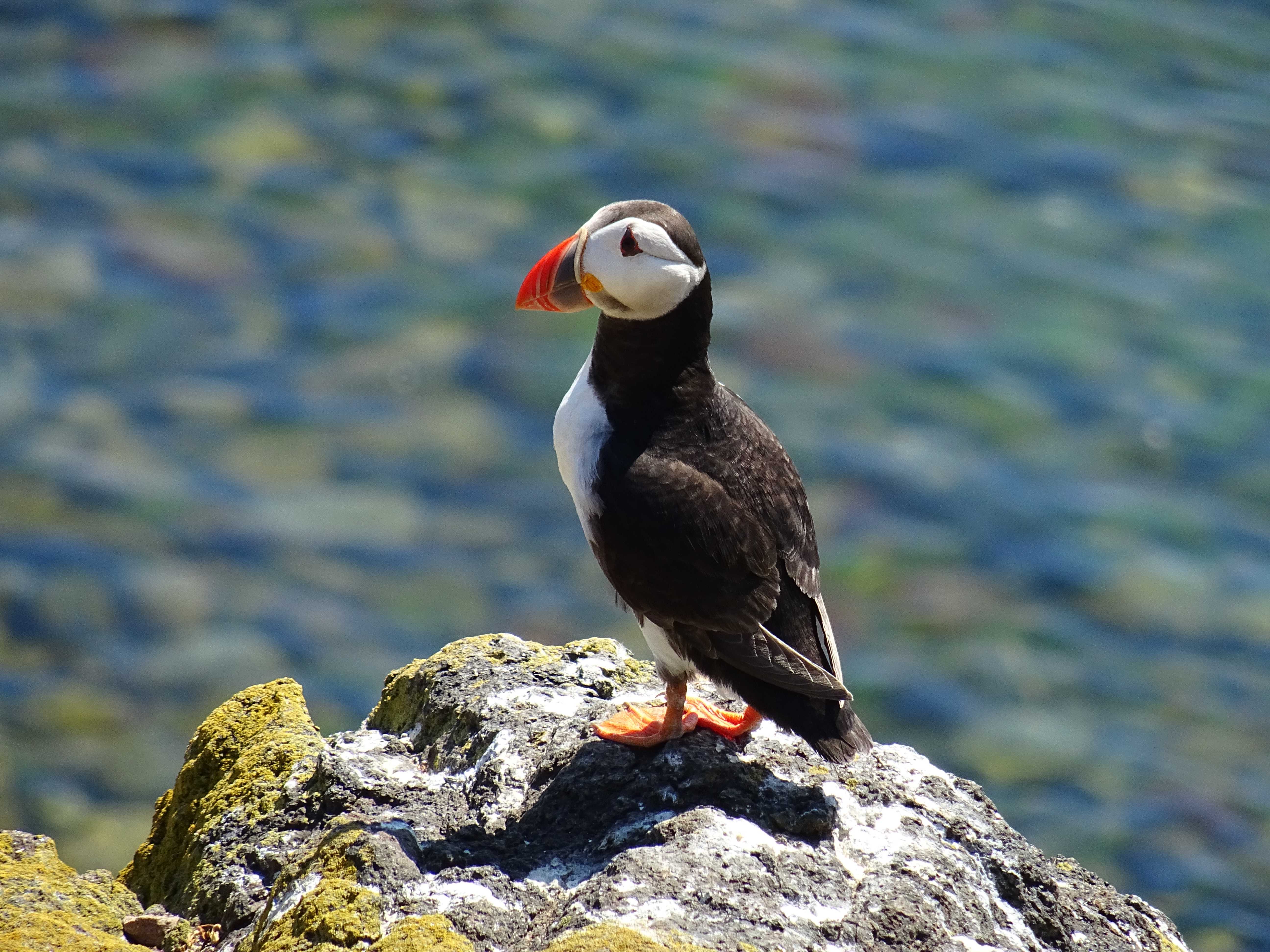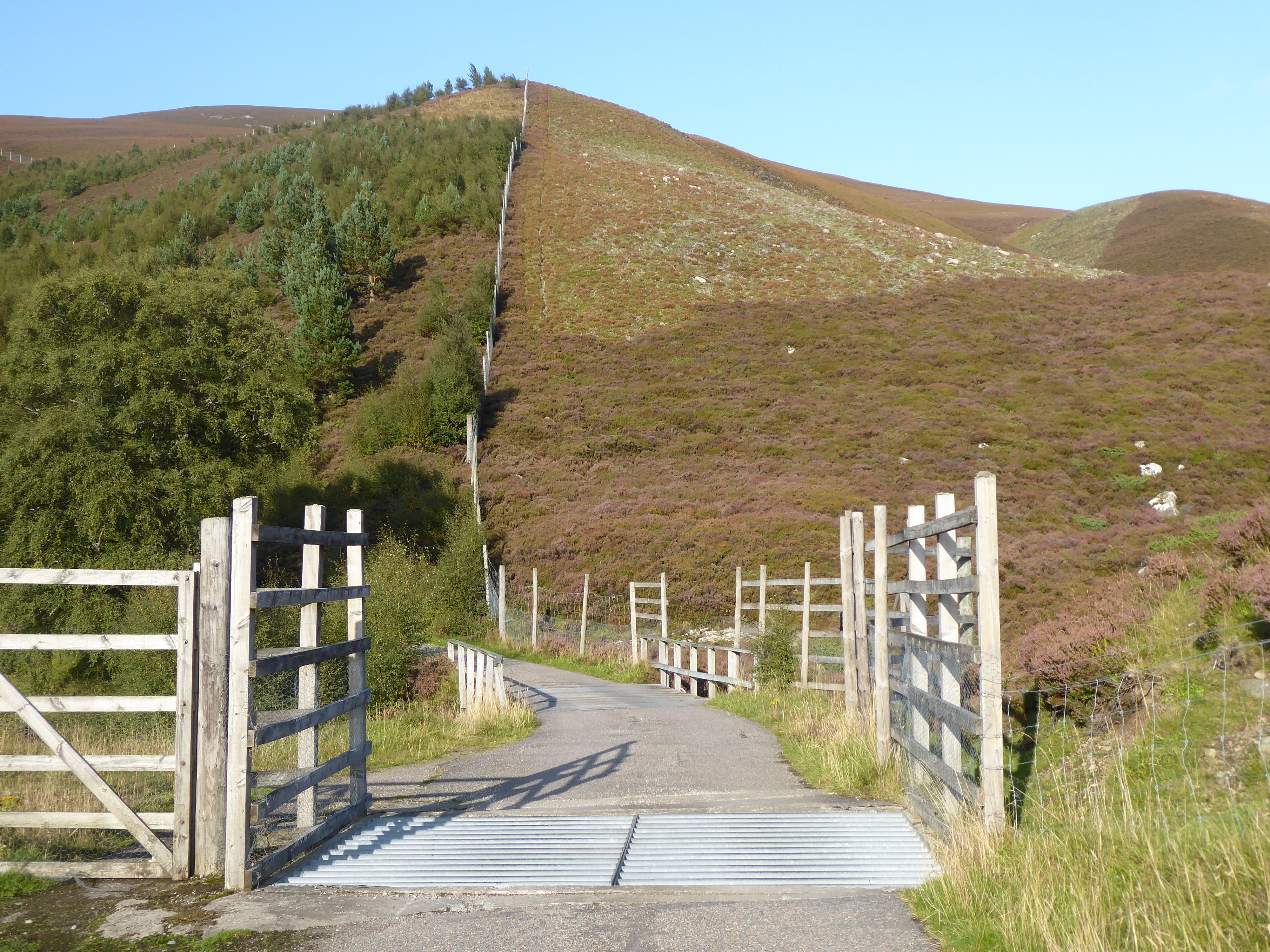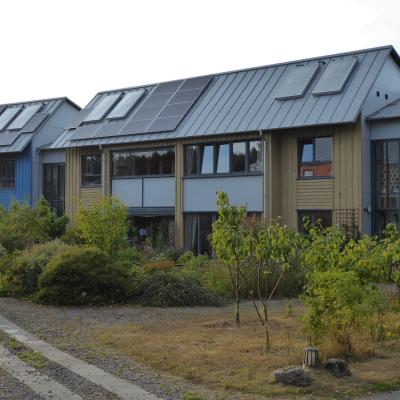In this blog I will explain why I am concerned about invasive species - what my small contribution has been - and why community action is the key to controlling them.
What is a non-native invasive species?
Non-native invasive species are plants, animals, birds, insects - in fact any living organism - that are spreading beyond their native habitat. Usually this is caused or aided by human activity. Organisms are parachuted into a new ecosystem which has not had time to evolve to live alongside them. New species usually struggle to gain a foothold but sometimes land 'lucky' and colonises a new area. Truly invasive species often have enormous reproductory power. For example, giant hogweed has 50,000 seeds; zebra mussels may produce over one million eggs in a year.
Most invasive species, but not all are harmful. They outcompete local plants and animals which lead to a loss of biodiversity and even the extinction of entire species. Nothing makes my heart sink further than to see a new isolated rhododendron bush, knowing that it will spread and conquer new areas of land over the coming decades.
Exponential Growth
Humans are not good at understanding the implications of exponential growth or planning for the long-term. The spread of Covid is a case in point. For each new wave, there are initially very few infected people and, because of the time lag, even fewer people are admitted to hospital or die. By the time hospital admissions do rise, it is already too late to tackle the latest wave. The disease is multiplying exponentially. Governments then introduce restrictions, the outbreak is slowly brought under control but there is financial and societal pressure to ease restrictions as soon as possible. It is therefore not possible to eliminate the disease and so the cycle repeats.
Similarly, when the first of a new species appears, there is a window of opportunity to tackle it at little or no cost. If left to multiply, it will become expensive to eliminate and if left for too long it will become impossible to tackle. Meanwhile most attempts at tacking invasive species fail because the funding runs out before the job is complete.
The first priority must be to stop this spread through early intervention.
My Experience
I have volunteered a number of times to tackle invasive species. It is good fun, you meet new people, learn from the experts and visit new locations.
I also try to make an impact when I am out and about. If I see a rhododendron seedling I pull it up. I also report sightings of grey squirrels (Saving Scotland's Red Squirrels) and giant hogweed and mink (Scottish Invasive Species Initiative). Giant hogweed contains a poisonous sap so it can only be treated by professionals, whilst you need a licence to control invasive animals.
Tree Mallow
Tree mallow is non native to Scotland. It has spread rapidly on isolated islands on the Firth of Forth. It grows rapidly to a height of 3 metres, smothering the puffin burrows and preventing them from breeding. Work parties cut the tree mallow to prevent it from reseeding. By joining a work party I enjoyed the experience of exploring two remote islands which are normally inaccessible to the public.
Only through the decade long perseverance of SOS Puffin and the Scottish Seabird Centre has this plant been brought under control.
Rhododendron
Rhododendron ponticum (pink flowers in late spring) is probably the most worrisome invasive species in the UK. It spreads through side shoots and its seeds spread in the wind and along road verges. It was planted by Victorian gardeners to provide shelter and has spread out from old estates through many Highland glens. It can create an impenetrable barrier, smothering out most life and it even contains toxins which hinder other plants from germinating. If left uncontrolled we will have a 'great rhododendron forest' rather than a native Caledonian pine forest in Scotland.
Cutting down rhododendron is satisfying, but backbreaking work. I have tried it a number of times including working with the Forth Rivers Trust. It is a slow process, and requires follow up action to 'treat' the stumps. An alternative and perhaps more efficient method is to drill holes in the stems and inject weedkiller. Neither technique is foolproof and requires repeat treatment to tackle regrowth.
Himalayan Balsam
Himalayan balsam is a fast growing plant with attractive flowers. These turn into seed pods with an explosive power that spread the seeds up to 7 metres. The nectar attracts bees at the expense of native flowers. Himalayan balsam is very easy to pull up as it has shallow roots making it an easy (and fun) activity to remove - unless you are faced with impossible numbers of it. My involvement was with work colleagues clearing a small area within the Loch Lomond and Trossachs National Park.
Sitka Spruce
Sitka spruce is a fast growing conifer, loved by the commercial timber industry and is widely planted over the uplands of the UK. However, before it is felled it produces cones and seeds which spread on the wind beyond the fenced off plantations. I can only assume that it will gradually spread across the uplands over the coming centuries.
At Sheriffmuir, there was a specific problem with the new (escaped) spruce trees drowning out the moorland which was previously a good habitat for rare butterflies. I joined the local Scottish Wildlife Trust to pull out the seedlings and to cut down the young trees. Unlike many deciduous species, most conifers will die if you cut them down to their base. Satisfying, but surely the responsibility for this should lie with the neighbouring commercial forestry owner?
The Way Forward
The spread of invasive species is out of control across much of the world. Governments have not proved capable of stopping this. My belief is that the use of locally managed volunteers is one of the best approaches. These voluntary groups need professional support and funding. Education is required in schools, whilst many plants should be banned from sale from garden centres - pampas grass may be the next invasive species of concern yet it is freely on sale with no 'health' warnings. Whatever we do, the key to tackling invasive species is education (try Plantlife UK) and perseverance.
Carbon Choices
If you have enjoyed this blog, please share with others on social media. You might also enjoy Carbon Choices on the common-sense solutions to our climate and nature crises. Available direct from me or from Amazon. I am donating one third of profits to rewilding projects. I am also available to give presentations on 'rewilding' or on the 'common-sense solutions to our climate crisis'.









